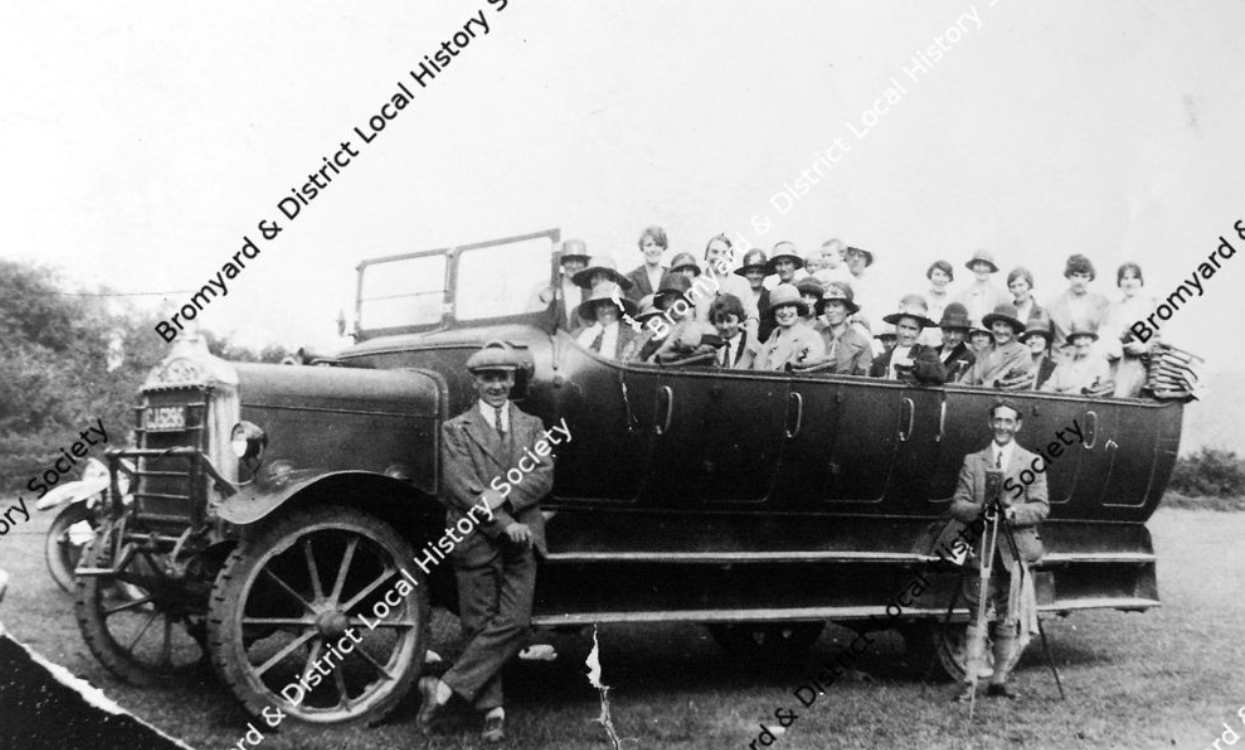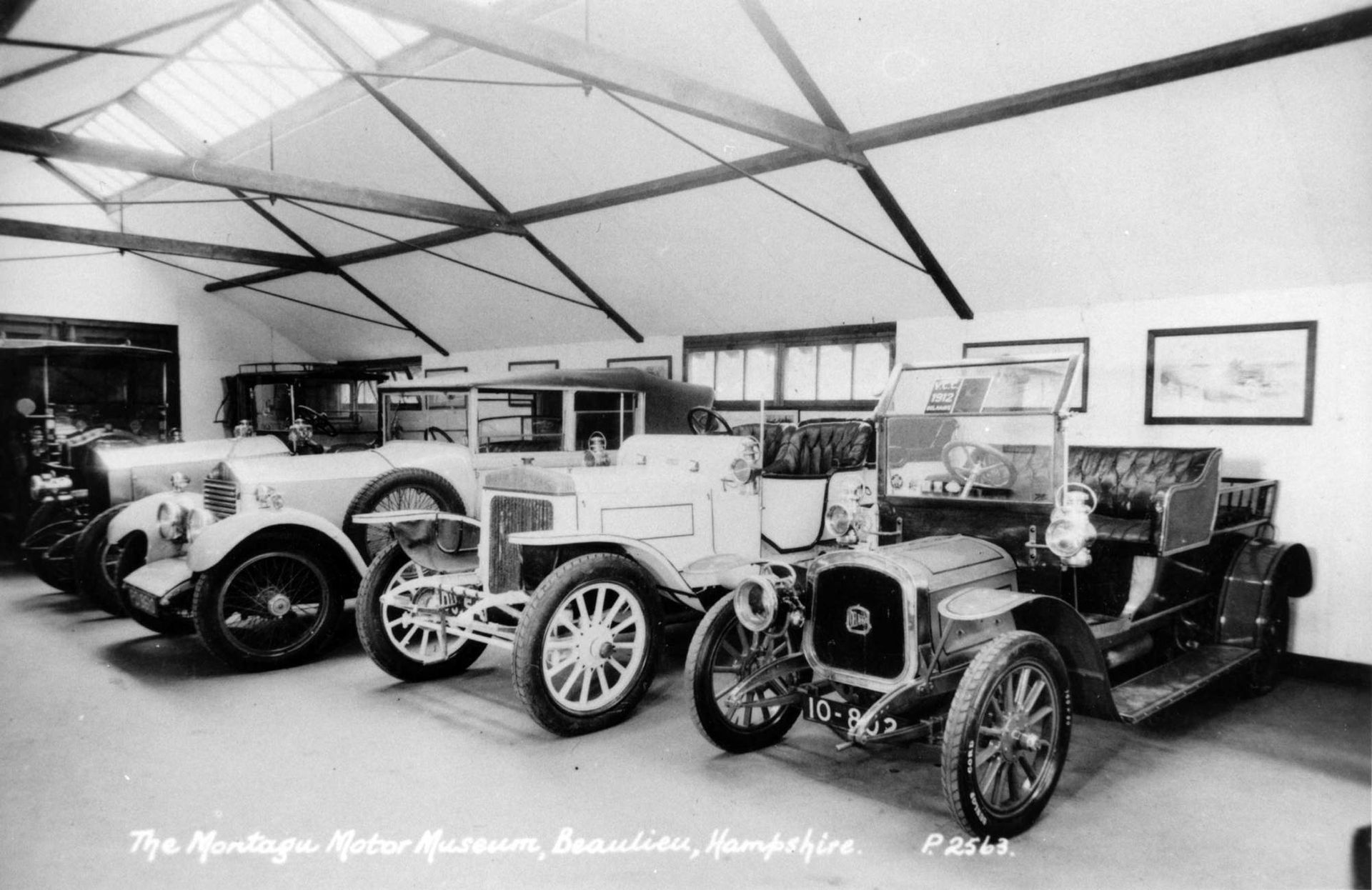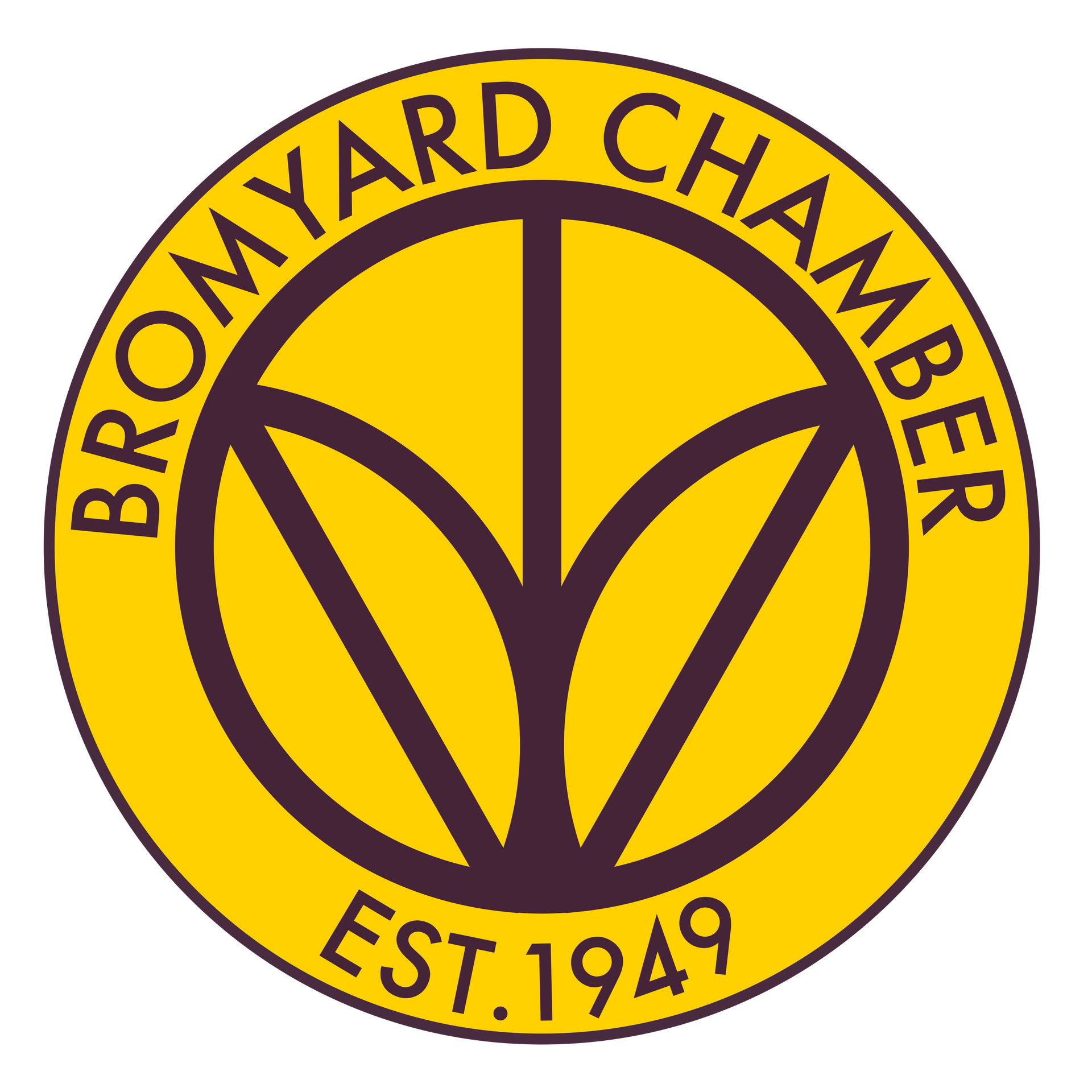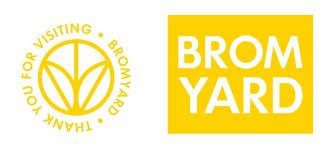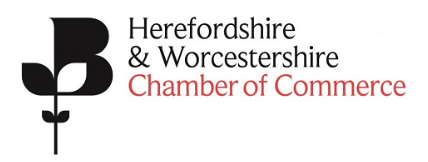Beaulieu Motor Museum
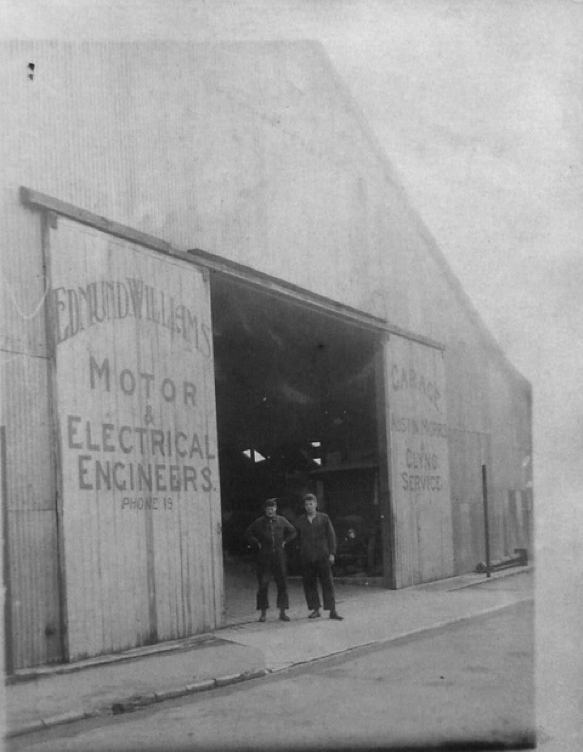
Bromyard Engineering’s Link to the Beaulieu Motor Museum
A Family Garage in Bromyard and a Cache of Old Cars
Bromyard Engineering began as a family-run garage in the Herefordshire market town of Bromyard. The Williams family – led by Tony “Frank” Williams (and before him, his father Edmund Williams) – operated Edmund Williams Garage, a motor repair and engineering shop that had been active since the early 20th century. After World War II, the business (then known as Williams Engineering) contributed to wartime manufacturing, machining aircraft components for Spitfires, before returning focus to automotive work in the postwar years.
Over time, the Williams garage accumulated an eclectic collection of ageing vehicles. Many customers had left behind vintage cars and motorcycles – often because they couldn’t pay for repairs or simply never returned to claim them. In one case, a fighter pilot brought in a twin-cam Sunbeam for engine repairs but he was shot down in combat, leaving the repaired car unclaimed in the workshop. By the mid-1950s, Barrie “Whizzo” Williams (Tony’s son, who would later become a famous racing driver) recalls that their family garage had become home to numerous pre-war automobiles that had “come to rest” there, effectively a private trove of veteran cars. These included everything from humble two-cylinder runabouts to larger tourers – a Trojan, a twin-cylinder Rover, a Clyno, a couple of Bullnose Morris cars, a small Wolseley, an Austin Seven Swallow roadster, a Maxwell charabanc (open bus), and even that Sunbeam touring car among others.
This cache of old vehicles, mostly 1920s era machines, sat gathering dust in Bromyard while the Williams family plotted their next business venture.
1957 – Lord Montagu Comes Calling
In the 1950s, Edward Douglas-Scott-Montagu (3rd Baron Montagu of Beaulieu) was in the early stages of creating what would become Britain’s National Motor Museum. Lord Montagu had established a small motor museum in 1952 at his family’s Beaulieu estate in Hampshire, displaying a handful of family-owned veteran cars as a tribute to his late father. By the mid-1950s, he was actively seeking historic vehicles to expand this collection. Word reached Montagu about the Williams family’s hoard of vintage cars in Bromyard. In 1957, the young aristocrat paid a visit to the town – booking a stay at the Falcon Hotel in Bromyard – with the express intention of inspecting and potentially acquiring the vehicles stored at Williams’ garage.
Lord Montagu’s visit to the Williams premises has since become local legend. Barrie Williams (Frank's son) fondly recounted how Montagu arrived “with his agent in plus-fours and tweeds” – the epitome of an English gentleman – and took Barrie’s parents to lunch to negotiate a deal. At the time, Montagu was in his early 30s and not without notoriety (having recently been embroiled in a well-publicised court scandal), so his appearance in the quiet town caused quite a stir. Over lunch, Montagu made an offer to purchase the entire lot of old vehicles that the Williams family had accumulated. The deal encompassed “about 15 or 16 cars plus a charabanc,” essentially a bulk sale of nearly all the vintage stock on the premises.
Montagu’s offer, though modest, “he paid what looks like pennies today,” Barrie quipped, came with one important condition from Tony “Frank” Williams: Montagu had to agree to knock down a section of the workshop’s wall to get the larger vehicles out! The garage’s entry was too narrow to remove some of the old charabancs and cars, so part of the building had to be torn down. Montagu consented, and soon enough local onlookers watched as a wall came down and a fleet of bygone-era vehicles were loaded onto lorries bound for Beaulieu.
Among the haul were a variety of early automotive marques that would greatly enrich Montagu’s budding collection. In addition to the humble
Trojan and
Clyno, there were multiple
Morrises, a
Wolseley, the
Austin Seven Swallow (a stylish little two-seater built by the Swallow Sidecar Company, precursor to Jaguar), and the sizeable
Maxwell charabanc (a 1922 open-top bus) – a vehicle once owned by Mr Petiffer and had been a local curiosity in Bromyard. The
Sunbeam 3-litre tourer (the one with the repaired engine) was also believed to be part of the batch sent to Beaulieu. In total, Lord Montagu departed Bromyard with no fewer than sixteen vehicles acquired for his Montagu Motor Museum. This Bromyard purchase was a significant boost to the young museum’s collection, essentially providing a ready-made assortment of veteran and vintage machines to put on display. Montagu was just “at the start of establishing the Montagu Motor Museum,” and the Williams garage find came at the perfect time to seed his exhibits. The episode underscores a fascinating intersection of a rural garage and a nascent national museum: a small town’s forgotten relics became treasures in the country’s foremost car collection.
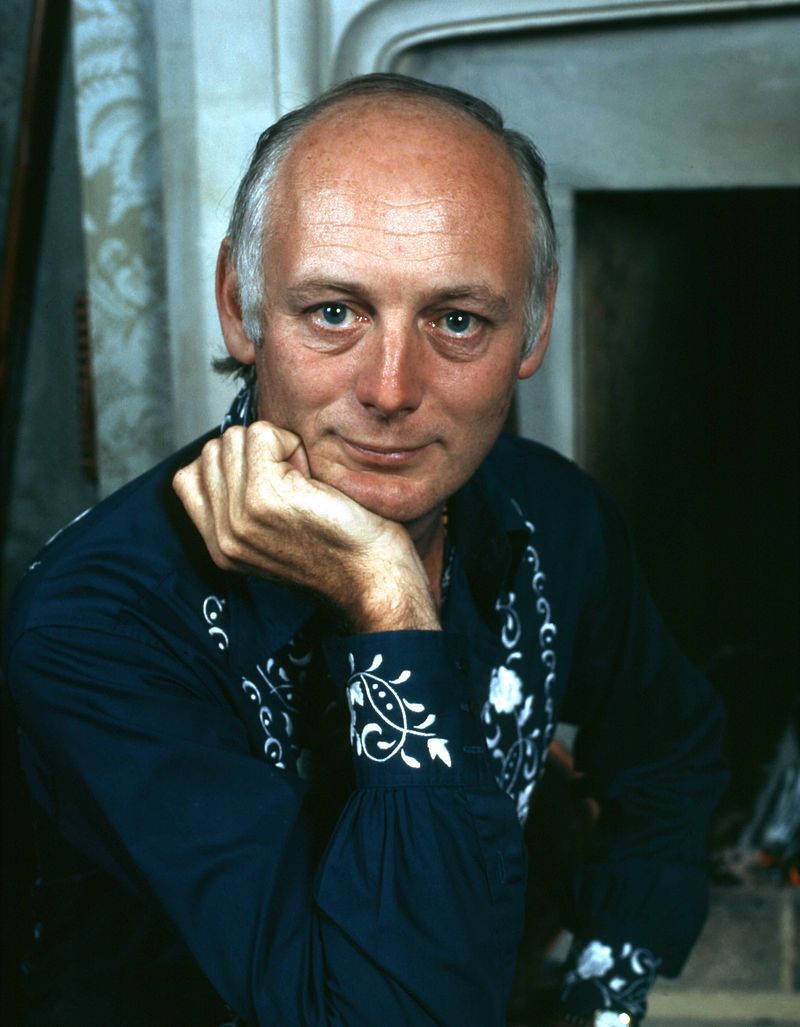
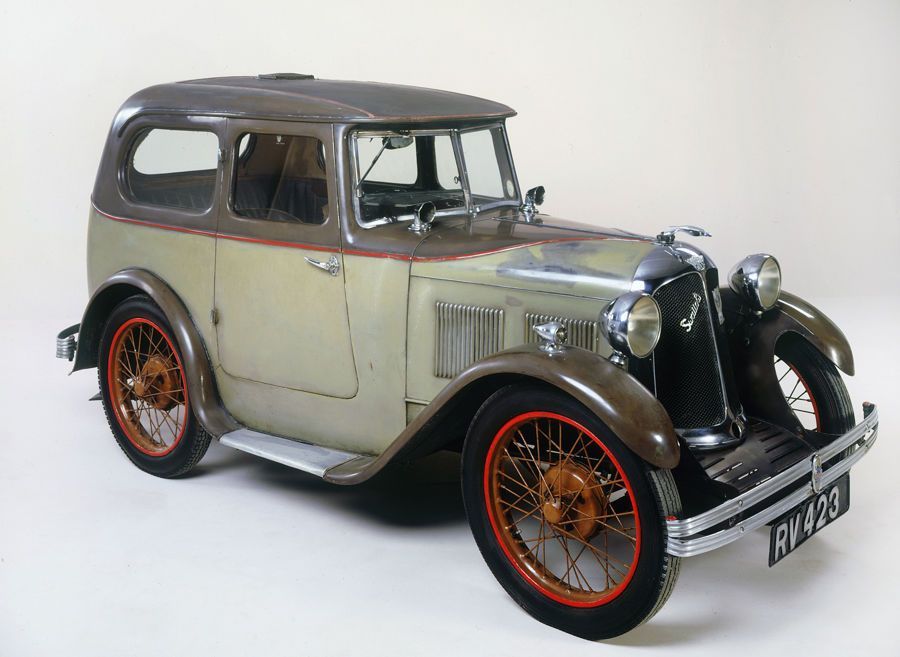
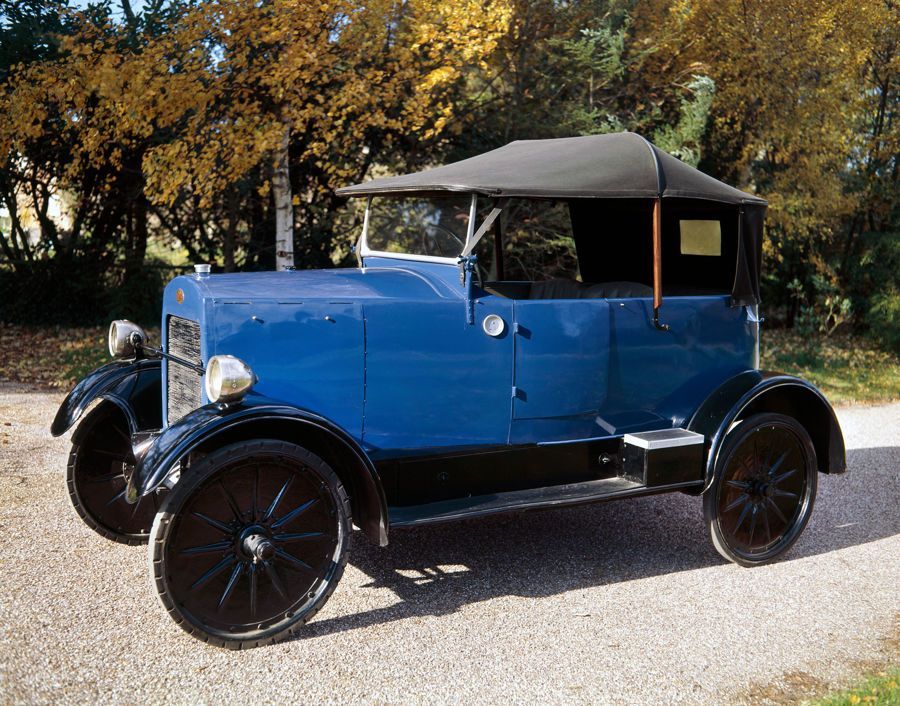
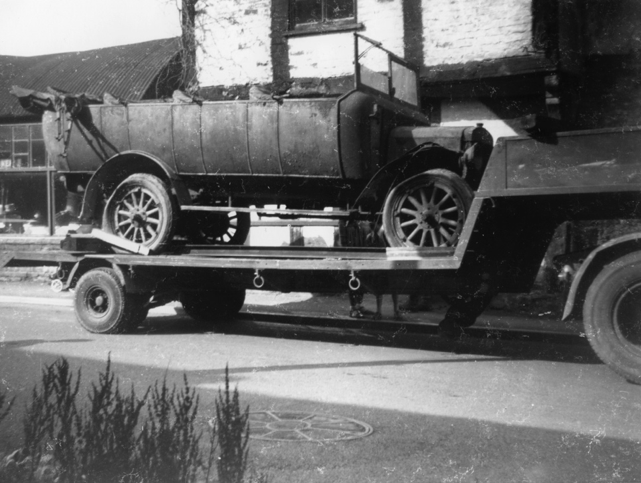
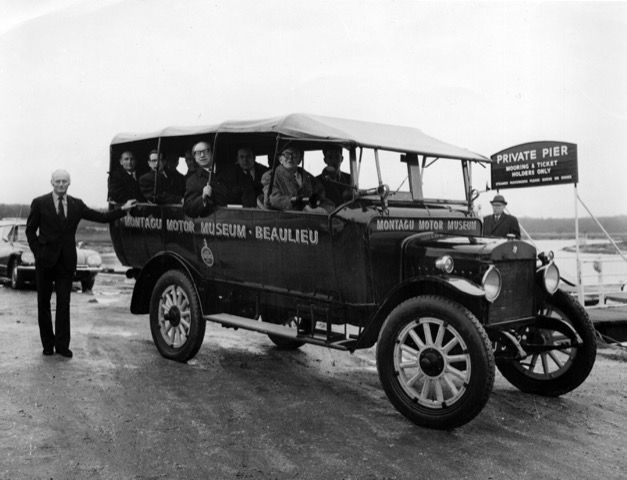
From Bromyard to Beaulieu: Museum Exhibits and Lasting Legacy
Many of the so-called “Bromyard cars” that Lord Montagu purchased in 1957 went on to be showpieces in his museum and, later, part of the National Motor Museum at Beaulieu (as the Montagu Motor Museum was re-established in 1972). In fact, a number of these vehicles are still maintained in the museum’s collection today. For example, the 1922 Maxwell charabanc – which had been one of the largest vehicles in the Williams cache – was fully restored to its former glory after arriving at Beaulieu. For years, it was operational as a passenger-carrying exhibit, even ferrying visitors around the grounds of the Beaulieu estate on special occasions. Montagu’s team recognised the charabanc as a charming piece of motoring history, and its journey from a Bromyard garage to a museum centrepiece highlights how close Britain came to losing these artefacts had they not been rescued.
Montagu himself was photographed in the early 1960s standing proudly next to the Maxwell charabanc in its refurbished state, the vehicle now emblazoned with a sign reading “Montagu Motor Museum – Beaulieu” on its side. This and other Bromyard-sourced vehicles – such as the Bullnose Morris cars and the Austin Seven – helped establish the credibility of Montagu’s collection in the museum’s formative years. They also serve as a tangible link between Bromyard and the National Motor Museum’s early growth.
In Bromyard, the departure of those old cars in the late 1950s was not an end, but rather the beginning of a new chapter. With the dusty pre-war vehicles gone,
Tony “Frank” Williams suddenly had the much-needed floor space – and an influx of funds from the sale – to pursue a bold new project. By 1956, the enterprise had formally reorganised as Bromyard Engineering Co. Ltd., shifting away from general car repairs toward
manufacturing. Williams, together with fellow engineer
Melvyn Bayliss, decided to build one of Britain’s very first
commercial go-karts, capitalising on the new craze of kart racing that was coming over from the United States. They called their product
“FastaKart,” and by 1959 Bromyard Engineering was producing karts and selling them around the country – arguably the UK’s first production go-karts. Young Barrie “Whizzo” Williams cut his teeth driving these FastaKart go-karts up and down the back streets of Bromyard, developing skills that would launch his six-decade motorsport career. In a real sense, the clearing out of Bromyard’s vintage cars to Beaulieu directly enabled the town’s next contribution to motoring history: helping pioneer the sport of karting in Britain.
A Unique Footnote in Motoring History
The connection between Bromyard Engineering and the Beaulieu motor museum is a remarkable tale of reciprocity in the automotive world. On one hand, a rural garage in Bromyard preserved a small fleet of vintage vehicles that, through Lord Montagu’s intervention, found a permanent home in a national museum – rather than being scrapped or forgotten.
On the other hand, the sale of those vehicles in the 1950s provided the seed capital and workshop space for the Williams family to innovate, turning Bromyard into an unlikely hub of go-kart manufacturing and racing talent. Lord Montagu’s 1957 purchase of the Bromyard cars thus links a Herefordshire market town with Britain’s National Motor Museum, to the benefit of both. Montagu himself “would have approved” of this outcome, as one retrospective noted, because it advanced his museum’s mission of preserving motoring heritage while also spurring new motor sports endeavours in Bromyard.
Today, visitors to the
National Motor Museum at Beaulieu can still see pieces of this shared history – perhaps even catch a ride on the old Maxwell charabanc – not realising that its journey began in a little workshop behind a Bromyard garage over 65 years ago. The story stands as a testament to the interwoven nature of local enterprise and national heritage in the world of classic automobiles.
